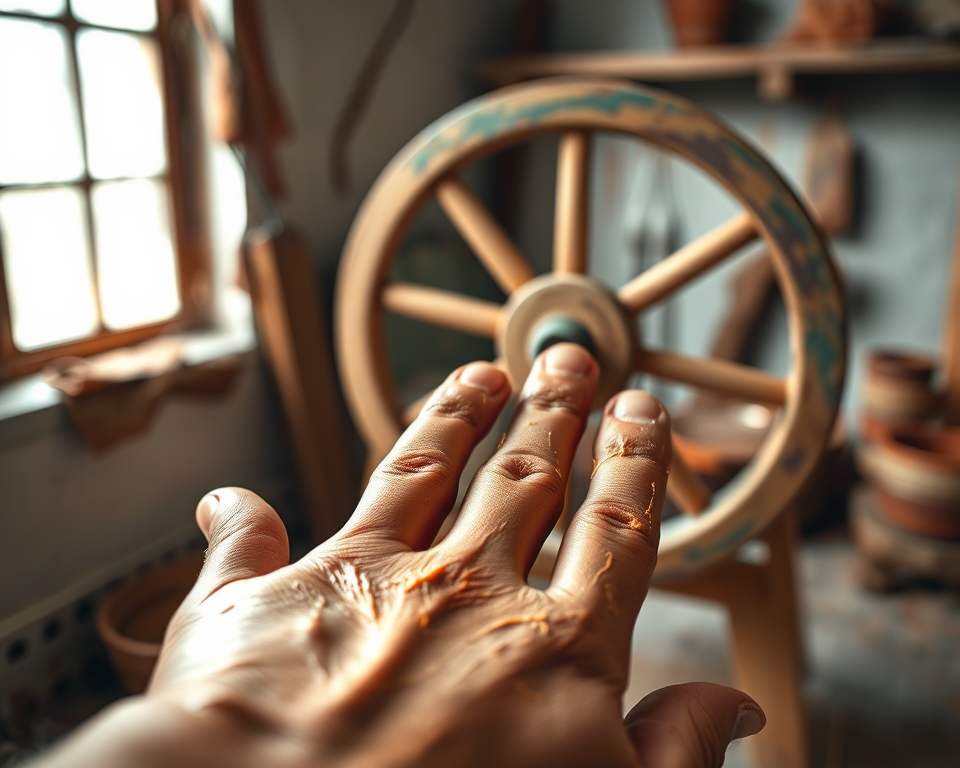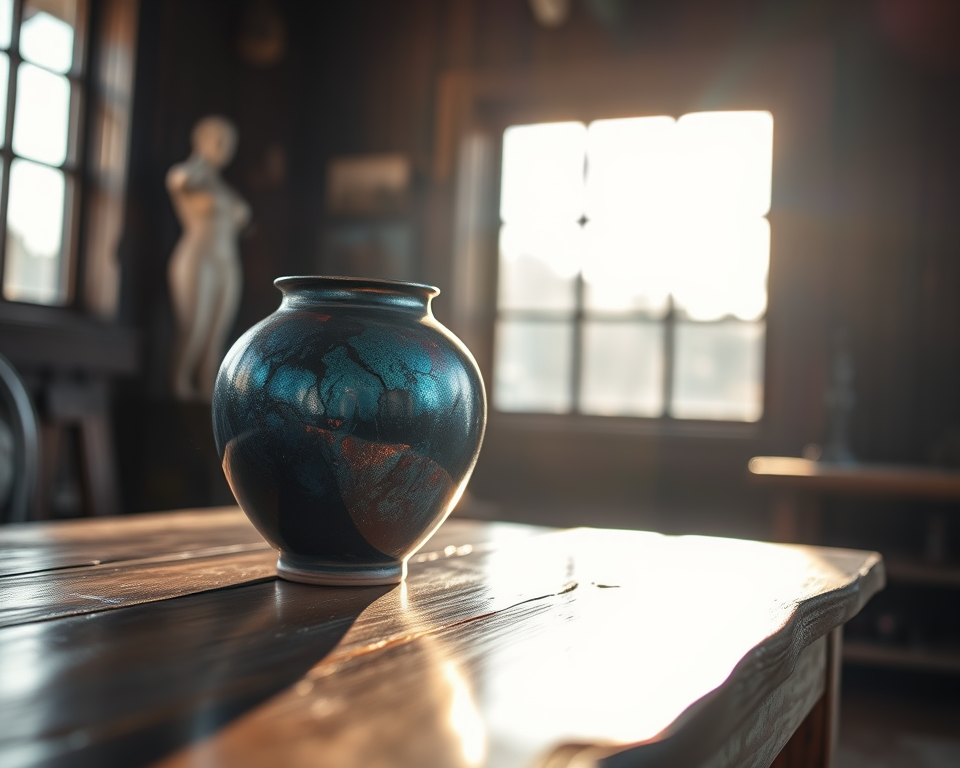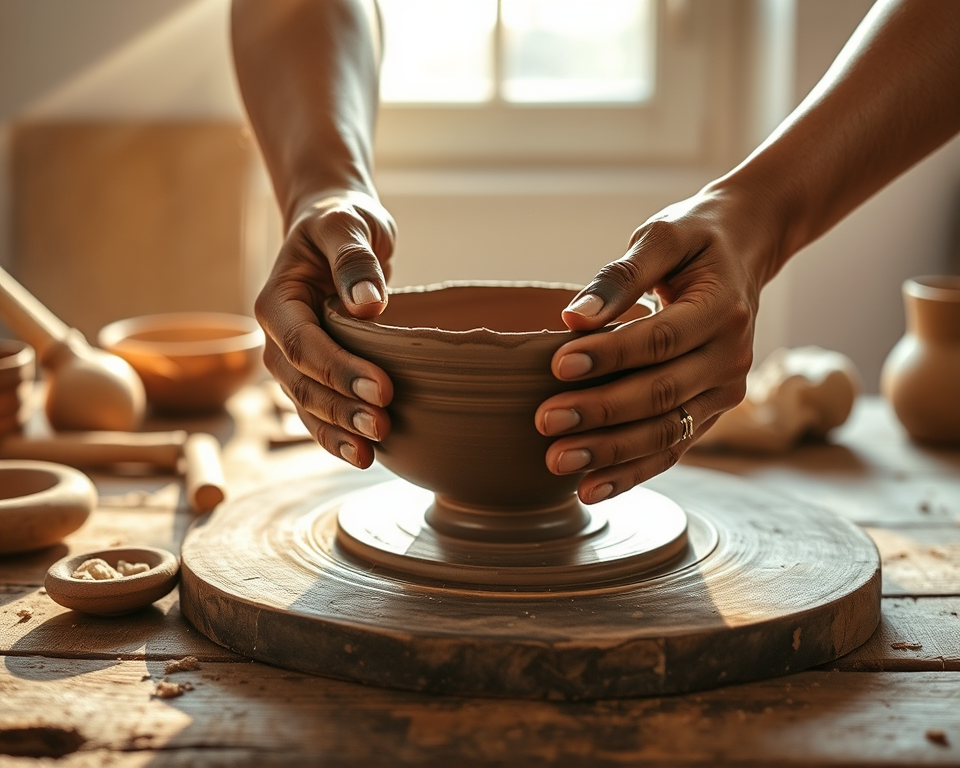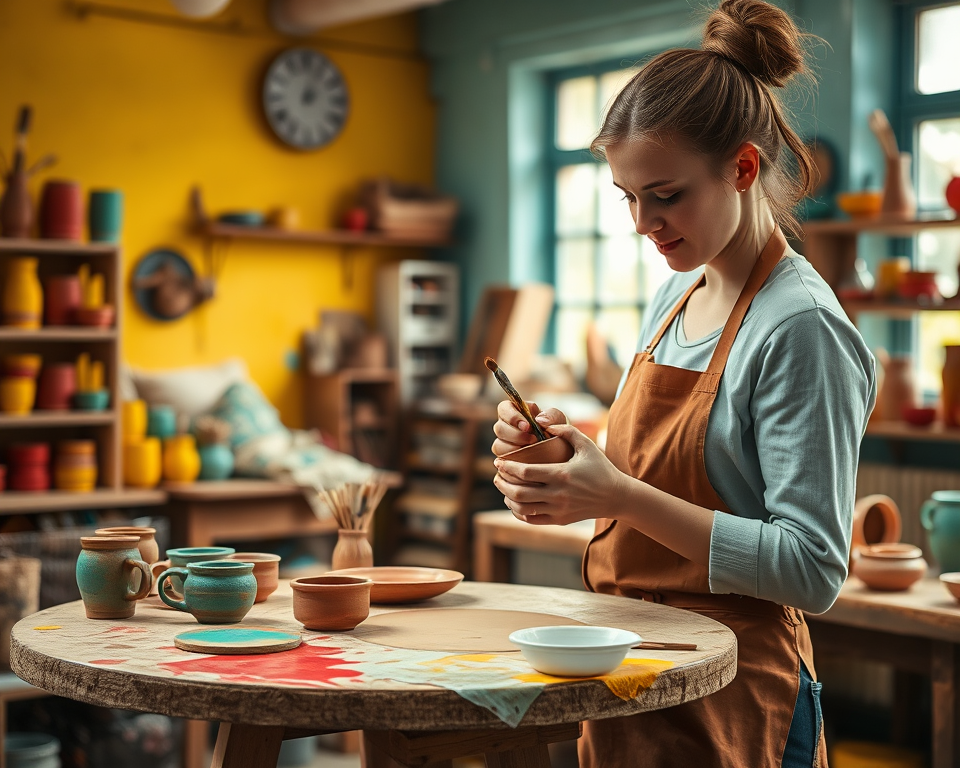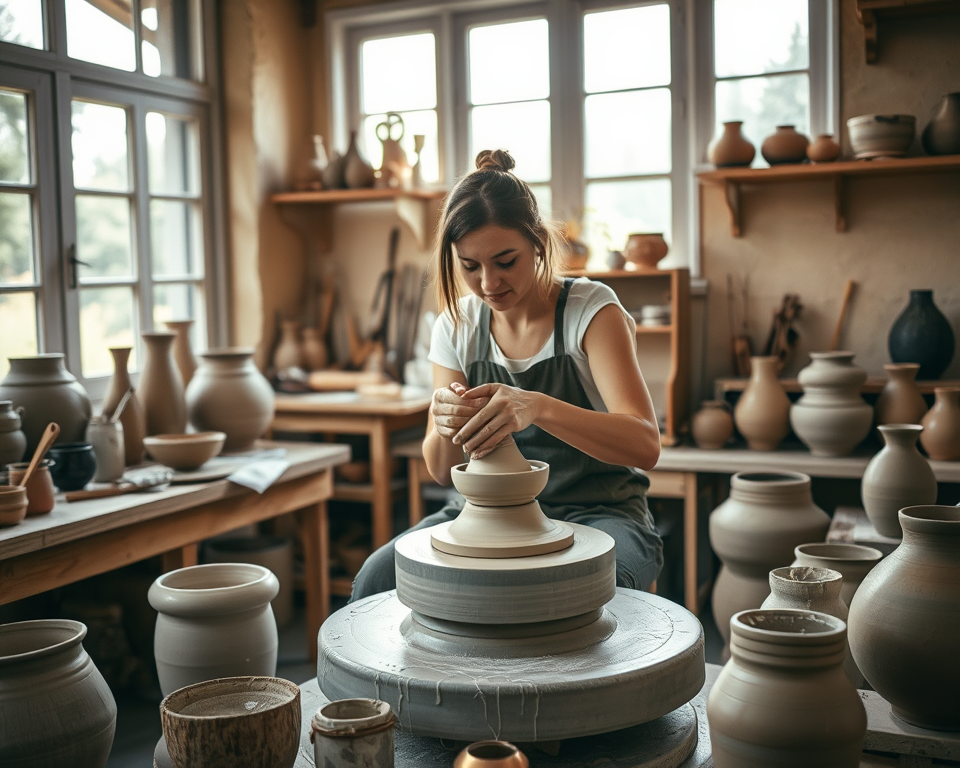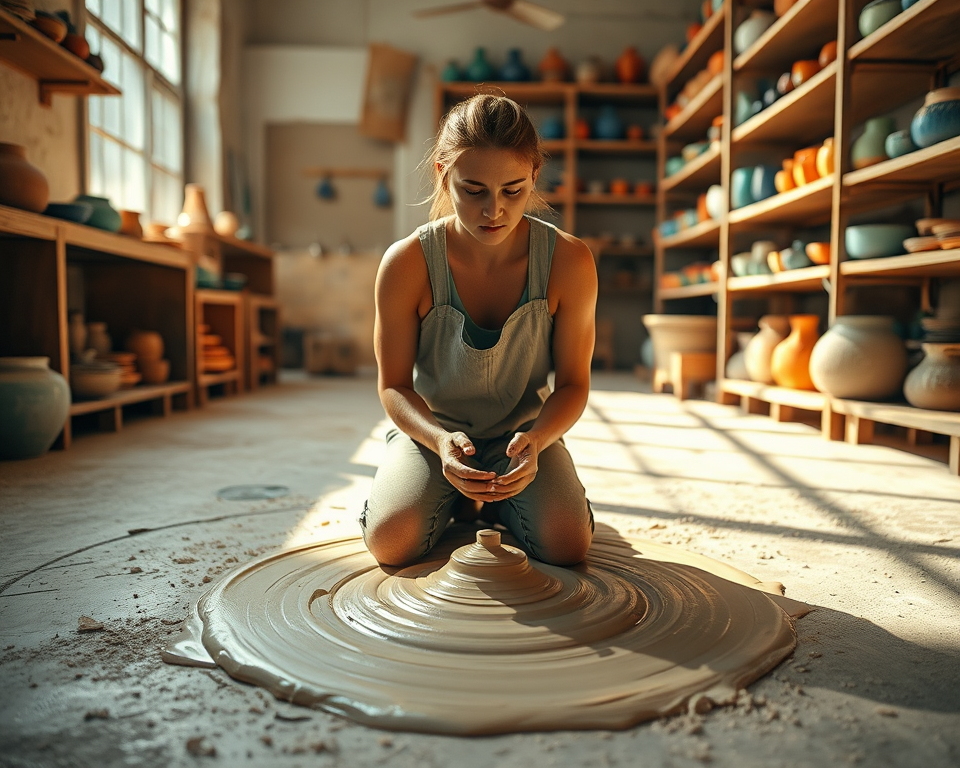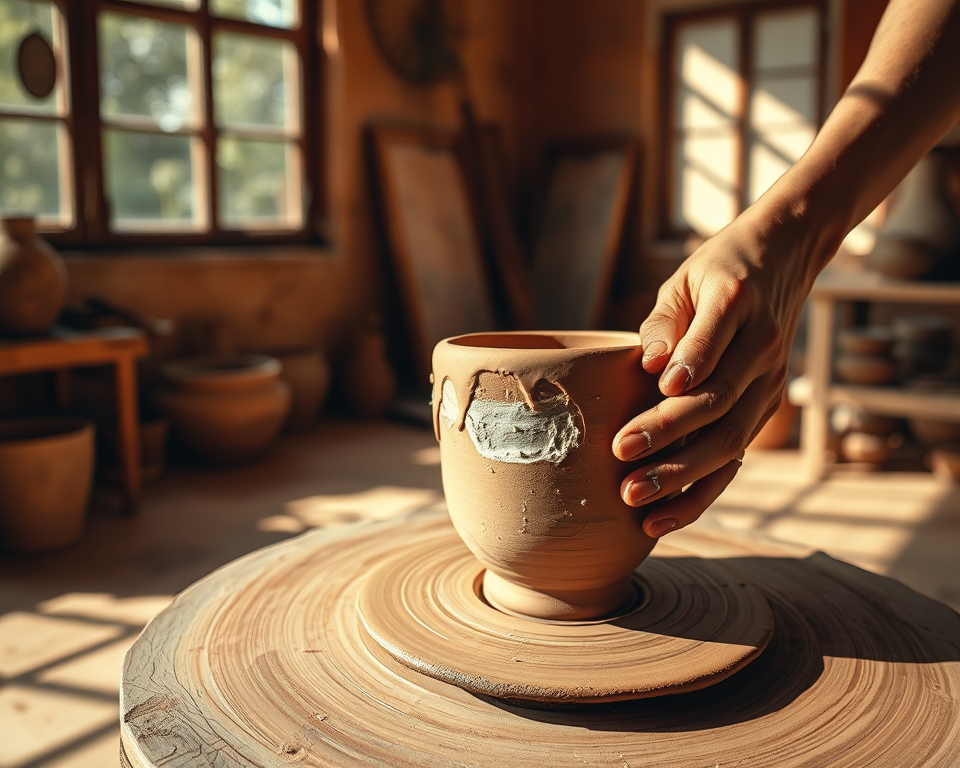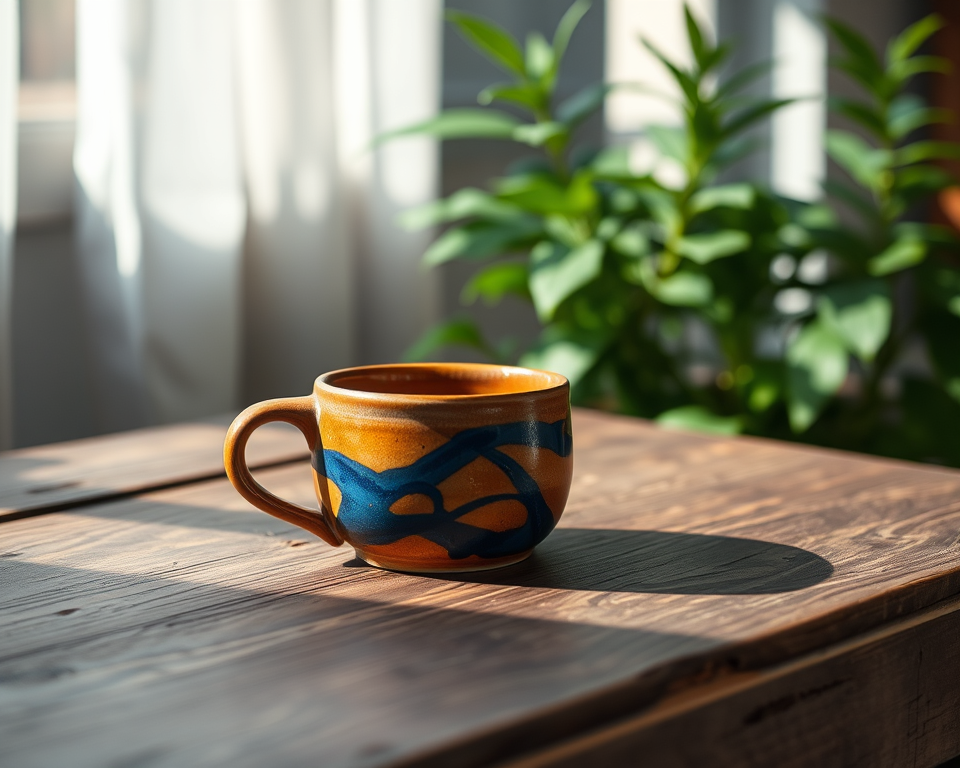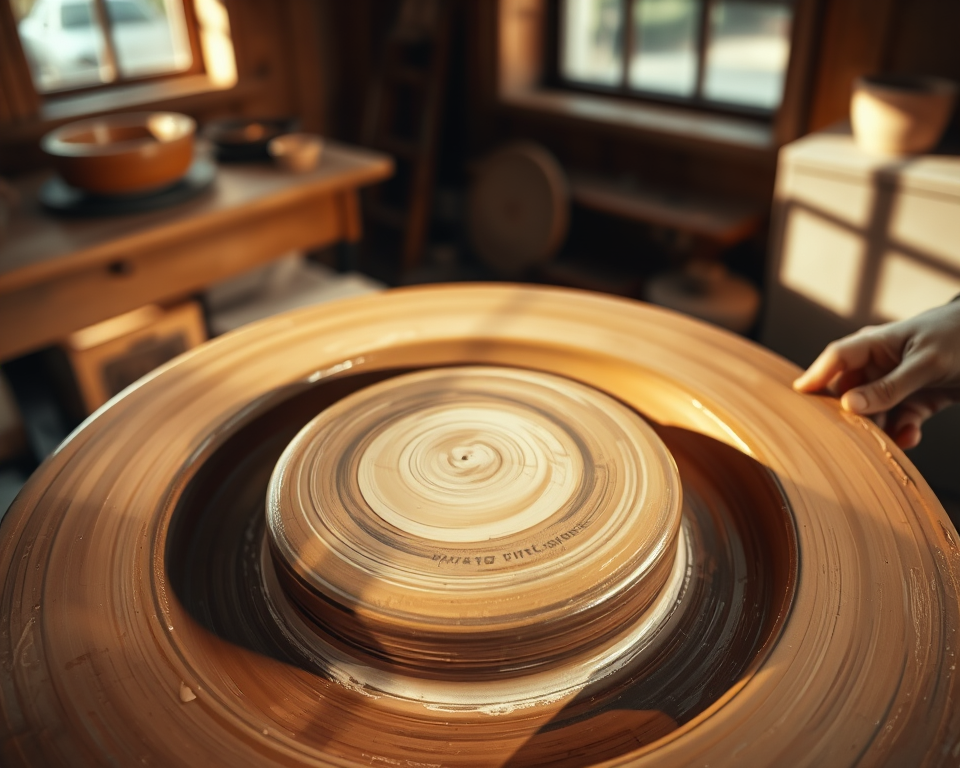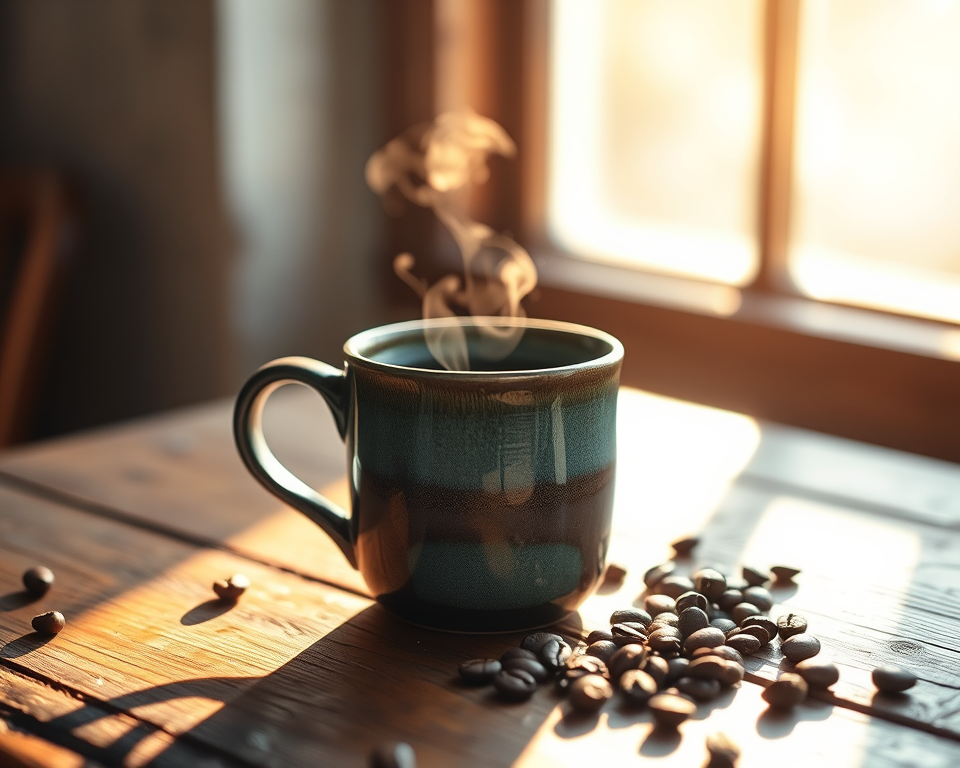I can’t even begin to describe the thrill I felt the first time I got my hands dirty with clay. Picture this: A deliciously squishy handful of earth, ready to transform into something beautiful and unique. There’s nothing quite like it! If you’re here, I’m guessing you’re eager to start your pottery journey too! Let’s
Author: Lila Emerson
Hi, I’m Lila! I’ve been captivated by the art of pottery for as long as I can remember. From the moment I first touched clay, I knew I had found my passion. Through my website, CraftedInClay.com, I share my love for pottery, offering tutorials, tips, and inspiration for anyone eager to discover, learn, and master the art of pottery. Whether you're a beginner or a seasoned artist, I’m here to help you shape your creative vision into something beautiful!
Raku Pottery: What You Need to Know About Water
There’s something truly enchanting about raku pottery. When you lay your eyes on its unique finishes and vibrant colors, it’s like being captivated by a mystic spell. But here’s the catch: the allure of raku comes with some care dynamics that you need to be clued into, especially when it comes to its relationship with
Craft Beautiful Pottery Without A Wheel Today!
Creating pottery can be a truly gratifying experience, especially when you realize you don’t need a fancy wheel to craft stunning pieces. I mean, how cool is it to mold clay with your own hands and make something that’s both functional and artistic? Today, I’m here to share my love for hand-building pottery, a method
Best Non-Toxic Paints for Stunning Pottery Creations
When it comes to pottery painting, you want to express your creativity while ensuring that you’re using safe, effective products. If you’ve ever felt overwhelmed by the sheer variety of paints available or worried about their safety, you’re not alone. That’s why I’m here to help you navigate through the myriad of options so you
Pottery: A Craft of Skill and Patience
Pottery is a fun and interesting craft that involves working with clay to create beautiful and useful items like pots, bowls, and vases. It’s a process that requires both skill and patience. When you start shaping the clay, you need to use your hands to mold it just right, making sure it feels smooth and
Crafting Your First Batch of Pottery Clay at Home
Ah, the joys of pottery! Nothing beats the feeling of squishing cool, damp clay between your fingers, transforming a hunk of earth into something uniquely yours. If you’ve ever wanted to create your own pottery clay at home, you’re in the right place! By the end of this article, you’re going to feel like a
Tools Every Potter Needs to Start Creating Today
Pottery-making is not just a craft; it’s an exploration of creativity, a therapeutic outlet, and honestly, a whole lot of fun! Whether you’re looking to make a one-of-a-kind mug for your morning coffee or a beautiful decorative bowl for your dining table, you’ll want to equip yourself with the right tools and materials. It’s easy
What Do You Call Someone Who Makes Pottery?
Have you ever found yourself staring at a beautifully crafted mug or a stunning vase and wondered about the artist behind it? Well, today I’m going to unpack the world of pottery makers—those talented individuals who mold clay into works of art that not only beautify our homes but also help express our individual styles.
Choosing Your Perfect Pottery Wheel Made Simple
Getting your hands muddy and creating something beautiful on a pottery wheel is such a rewarding experience. Trust me, once you get into it, you’ll be hooked. But if you’re new to pottery—or even if you’ve been working with clay for a while—you know that selecting the right pottery wheel can be overwhelming. With so
Drinking from Pottery: Essential Facts for Users
When I first started using pottery for my morning coffee, I was totally stoked. I mean, who wouldn’t want to sip from a beautifully handcrafted mug? But as I dug in deeper, I realized there’s a lot more to this charming drinkware than meets the eye. You see, while pottery can add a personal touch

